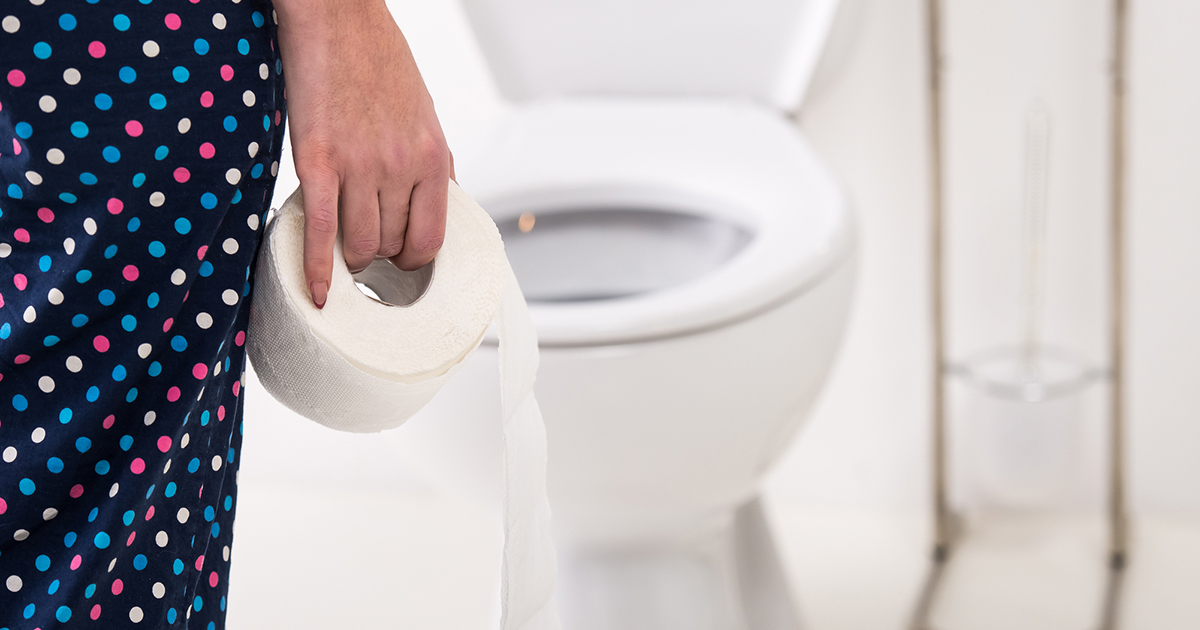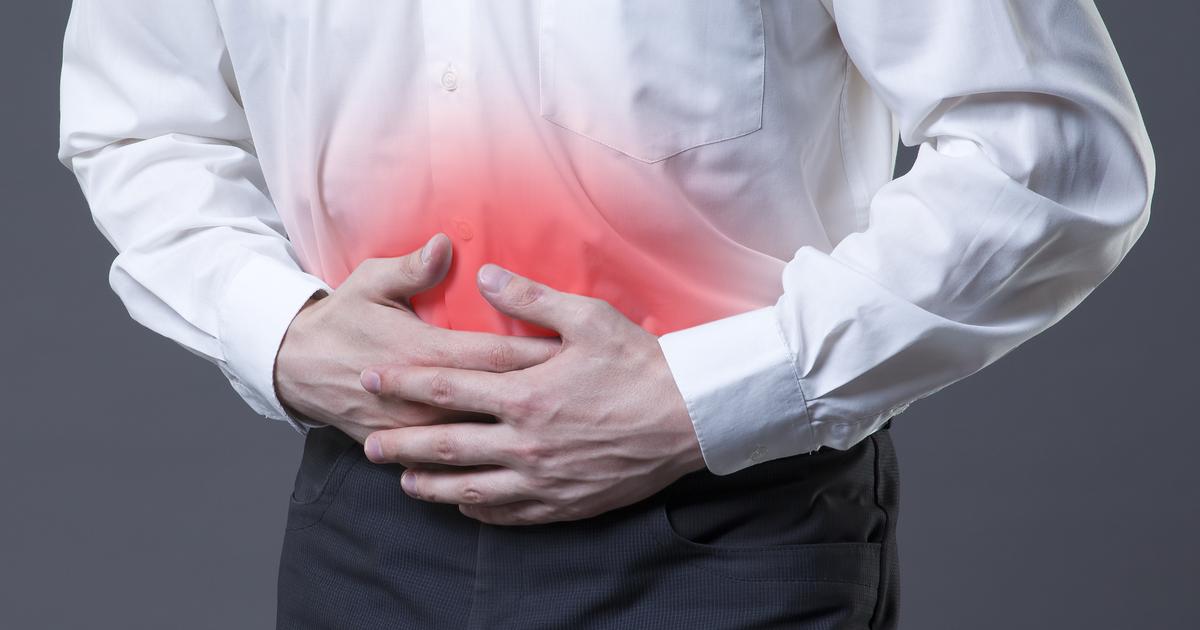How To Identify Kidney Pain
How The Pain Can Radiate
A certain property of kidney pain that can help identify it from other types of pain is how the pain can radiate in an individual's body. Because of the location of an individual's organs, kidney pain can easily radiate to the upper and middle abdominal areas in the front of the body. Pain that occurs due to kidney stones can radiate down to the individual's inner thighs or buttocks. Kidney pain associated with an infection that has made its way to the kidneys can radiate to the lower back and lower front abdominal region because of bladder involvement. Kidney pain linked to a growing malignant tumor in or on the kidney can radiate around a patient's sides and deep into their abdomen. Pain caused by another source in the back is more likely to stay isolated to one area. However, some types of back pain that involve nerve problems can cause pain to radiate all the down into the individual's lower leg.
Keep reading to learn about symptoms that can accompany kidney pain next.
Accompanying Symptoms

An individual's accompanying symptoms can indicate they may be experiencing kidney pain as opposed to pain of another type of tissue. The kidneys can be affected by conditions that produce symptoms such as hematuria, urinary frequency, vomiting, fever, chills, fatigue, cloudy urine, dark urine, pain when urinating, nausea, diarrhea, constipation, and dizziness. Individuals affected by a disease that has caused major damage to their kidney structure or functionality may experience foul-smelling breath, shortness of breath, confusion, muscle cramping, metallic taste, leg swelling, ankle swelling, irregular heartbeat, and swelling of the feet. Patients with back pain rather than kidney pain will have different accompanying symptoms such as spinal aches, spinal stiffness, neck pain, muscle spasms, problems walking, and numbness and tingling that progresses from the back to the limbs. These accompanying symptoms can be confirmed through the use of a urine test, blood test, CT scans, x-rays, and ultrasounds.
Uncover details on when to contact a doctor regarding kidney pain next.
